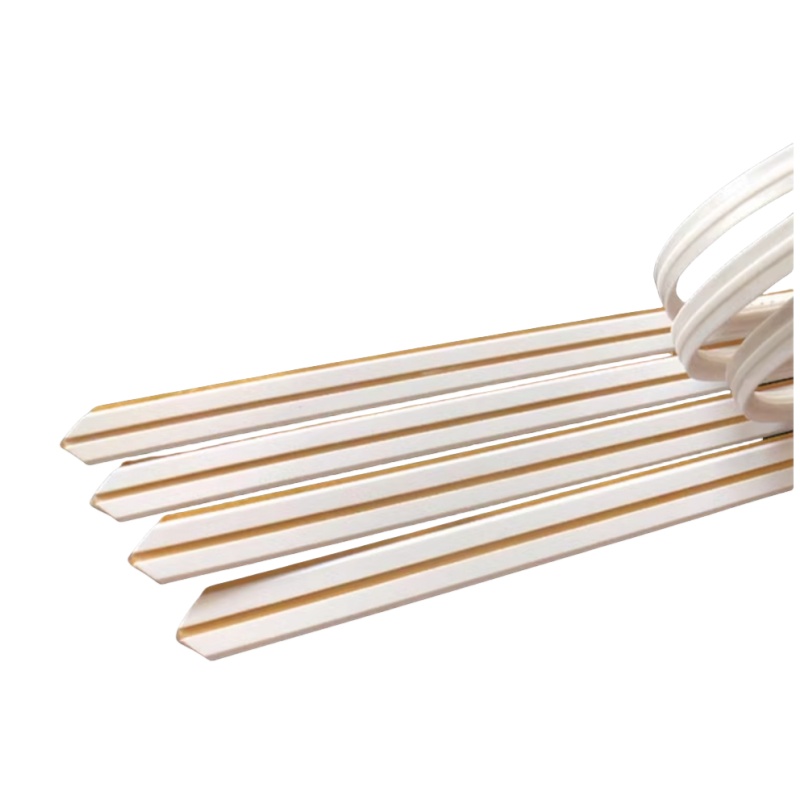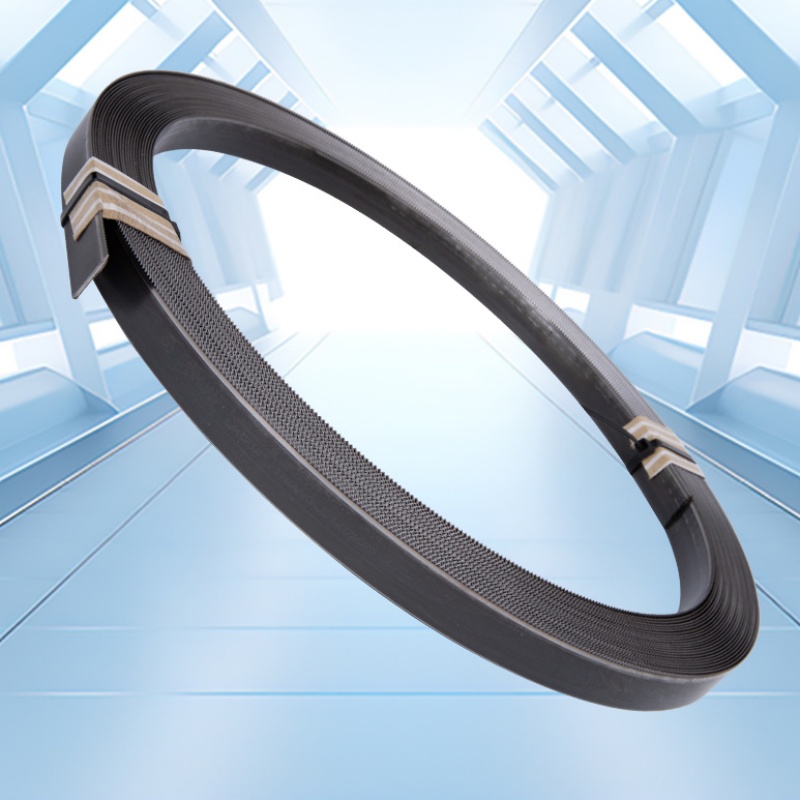
Industrial steel production processing serve a fundamental capacity in fabricating top-grade pieces over a comprehensive range of trades. Their composition offer remarkable toughness, enabling them to withstand heavy stresses involved in production workflows. From mechanical parts to consumer electronics equipment, rule die steel retains its usage in a extensive of segments.
- Industrial assemblies: Rule die steel is indispensable for crafting strong and exact units such as pistons, valves and mounts.
- Electronics systems: The outstanding fineness and stability of rule die steel make it perfect for manufacturing intricate high-tech apparatus.
- Molding Equipment: Rule die steel makes up the core of long-lasting tooling and molds used in various manufacturing processes, ensuring steady product results.
Exactness Cutting Rules for Exact Sheet Metal Fabrication
Achieving precision in sheet metal fabrication calls for careful attention to accuracy, particularly when it comes to dividing. Making use of the right cutting rules is indispensable to ensuring accurate and consistent results. First and foremost, selecting the appropriate cutting method for your material thickness and desired edge quality is essential. Options include water jet cutting, each with its own attributes. Subsequently, understanding material properties like tensile strength, ductility, and hardness can help prevent warping or damage during the cutting process. Always consult a material's datasheet for specific guidelines on safe cutting practices.
- Likewise, maintaining sharp cutting tools is fundamental for clean cuts and preventing stress on the sheet metal.
- Pre-heating the material can reduce thermal stress and improve cut quality in thicker materials.
- Conclusively, post-processing steps like deburring and edge finishing are key for securing a professional and functional product.
Knowing Punch and Die Construction
Punch and die construction is a significant aspect of the metal stamping process. These tools fashion metal sheets into various fragments by applying precise pressure. The design and construction of punches and dies significantly influence the result of the stamped deliverables. A well-constructed punch commonly features a hardened steel tip to withstand repeated strikes, while the die supports this force with a precisely machined cavity. The correlation between these two elements assures the dependable transfer of shape and extent to the metal sheet. The depth of punch and die construction can fluctuate based on the defined requirements of the stamping application. Considerations such as the material thickness, shape complexity, and production volume all play a role in determining the framework of the tools. Understanding these fundamental principles of punch and die construction is critical for anyone involved in the metal stamping industry. From professionals to operators, a solid grasp of this subject can lead to increased efficiency, product quality, and overall success.Accurate Folding through Creasing Tools
When it comes to achieving precise folding in the realm of fabrication and material processing, creasing matrices emerge as a vital element. These specialized tools, often crafted from rigid materials like polycarbonate, are strategically designed to impart distinct creases into sheets or substrates. By exerting controlled pressure at specific points along the material's surface, creasing matrices effectively mark fold lines that guide subsequent bending operations. This pre-creasing process remarkably enhances folding accuracy, resulting in more dependable and uniform final products.
- The precise nature of creasing matrices allows for the production of ornate folds and designs.
- They can be customized to accommodate a wide range of material thicknesses and properties.
- Creasing matrices play a vital role in industries such as paper manufacturing, cardboard packaging, and printed circuit board fabrication.
Advanced Rule Die Steel for Automotive Industry
The vehicle area is continuously seeking materials that can withstand the extreme conditions of manufacturing and performance. Especially, high-speed rule die steel has emerged as a important ingredient due to its exceptional traits. This blend exhibits remarkable hardness, wear resistance, and toughness, making it ideal for producing intricate automotive parts.
- Furthermore, its ability to maintain these properties at elevated temperatures enables efficient production processes.
- Uses of high-speed rule die steel in the automotive industry are extensive.
- Instances include cutting tools, molds for plastic components, and dies used in sheet metal stamping.
Adjusting Rule Die Steel Hardness for Cutting Performance
Attaining optimal cutting performance with rule die steel hinges on carefully opting for the appropriate hardness level. A adjustment between hardness and ductility is essential to ensure both keenness of the cutting edge and resistance to breaking. Durable steels can withstand increased cutting forces and resist deformation, leading to longer tool life. However, excessively hard steels may become brittle and prone to shattering, compromising the integrity of the cutting process.
- Elements like material being cut, cutting speed, and feed rate all determine the ideal hardness range.
- Employing hardening methods can effectively modify the hardness of rule die steel.
Understanding the relationship between hardness and cutting performance allows for refinement of tool life, surface finish, and overall cutting efficiency.
Factors to Consider When Punching Various Materials
When designing punches for material formation, several vital considerations must be taken into account. The type of material being punched significantly controls the punch design. For instance, hard materials like steel require punches with sturdy edges to effectively penetrate and deform the material. Conversely, pliable materials like aluminum can be punched with punches featuring blunted geometries to minimize edge damage and ensure clean cuts. Additionally, factors such as the material's density also play a role in punch design. Thicker materials often necessitate larger punch diameters and increased pressure for successful piercing. Understanding the material's behavior is essential to select an appropriate punch material and geometry that ensures optimal performance and minimizes tool wear. Finally, a well-designed punch should effectively deform the material while minimizing deformation, damage, and tooling wear.Cutting Die Care of Cutting Dies
Maintaining cutting dies in peak condition is vital for ensuring accurate and efficient die-cutting operations. Over time, the cutting edges of dies can become dull or damaged, leading to inconsistent cuts, material loss, and increased production costs. To maximize die lifespan and optimize cutting performance, it's imperative to follow a regular sharpening and maintenance schedule.
- Regularly inspect cutting edges for signs of wear, such as chipping or rounding.
- Use specialized sharpening tools designed for die-cutting applications.
- Clean dies intensively after each use to remove debris and prevent rust buildup.
- Store dies in a clean, dry environment when not in use to protect them from corrosion.
By adhering to these best practices, you can extend the life of your cutting dies and copyright consistent, high-quality die-cutting results.
How to Choose Rule Die Steel According to Application
When opting for rule die steel, consider its purpose. Various types of rule die steel perform in different applications due to their unique attributes. For example, high-carbon steel is perfect for heavy-duty rule dies used in demanding applications like fabrication production. On the other hand, tool steels with enhanced elements are often selected when toughness is paramount.
- Communicate with a reputable rule die steel vendor to find out the best variant for your specific needs.
- Criteria like die design, production volume, and environmental conditions all modify the ideal rule die steel decision.
Take into account that proper maintenance and lubrication can significantly prolong the lifespan of your rule die steel, regardless of its form.
Detailed Creasing Matrix for Packaging Applications
In the realm of refined packaging design, precision is vital. A durable creasing matrix plays a vital job in ensuring clean, well-formed creases that enhance the attractiveness of packaged products. These matrices are meticulously crafted from durable materials like steel or carbide, and they come in various patterns to accommodate diverse packaging standards.
The faithfulness of a creasing matrix directly impacts the finish of the finished package. A well-maintained folding matrix will result in flawless creases that not only strengthen the product's visual presentation but also contribute to its strength.
- Aspects to consider when choosing a creasing matrix include the material of the packaging, the required angle, and the size of production.
- Frequent maintenance of the creasing matrix is vital to maintain its accuracy and enhance working life.
- Dedicating in a high-quality creasing matrix can be a smart decision for any packaging operation, as it contributes to the functionality of the production process and enhances the overall gain of the finished product.
Case Studies: Successful Implementation of Rule Die Steel Employ
A compelling array of case studies demonstrate the remarkable efficacy of rule die steel across diverse industrial applications. From the demanding realm of automotive manufacturing to the intricate world of electronics production, these real-world examples project the transformative power of this advanced material. Corporations have utilized rule die steel to achieve great improvements in product quality, output efficiency, and overall system resilience.
- One notable case study centers on a leading supplier of aerospace components, where the implementation of rule die steel triggered a major reduction in part defects and an enhanced production cycle time.
- In another instance, a renowned electronics manufacturer professionally applied rule die steel to fabricate intricate circuit boards with unprecedented precision and accuracy, contributing to a distinguished improvement in product reliability.
These case studies provide irrefutable evidence of the versatility of rule die steel as a solution for tackling the challenging requirements of modern industries.
